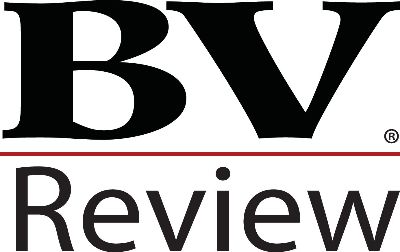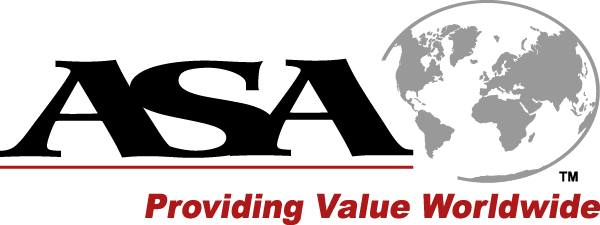Purchase Price Allocation and Choice of the Valuation Methods
As known, the purchase price allocation (PPA) process implies the valuation of tangible and intangible assets to allocate the price paid to the assets acquired. The rationale that drove the standards setters (FASB and IASB) in the formulation of the relevant standards (SFAS 141 and IFRS3) was to give a full explanation of the purchase price (PP) paid to the stakeholders of the acquiring company. During the PPA process, this simple, underlying rationale of the accounting standard is sometimes set aside. One of the most critical phases of the valuation process, represented by the choice of the valuation method, is done on the basis of the critical issue of the assets under valuation, instead of considering the valuation criteria followed during the formulation of the price. In other words, the analysis is performed as if it were a single, autonomous process completely separate from the PP formulation process. In this paper it is shown that to respect the underlying principle of the standard setters, the methods chosen for the valuation of the assets should be consistent with the method used during the formulation of the price, even for tangible assets. Otherwise the PPA implementation determines inconsistencies that can give distorted information about the acquisition to stakeholders, against the genuine underlying principles of the standard setters.Abstract
Contributor Notes
Marco Vulpiani is a Partner at Deloitte Financial Advisory Services S.p.A., Via della Camilluccia 589/A, 00135 Rome, Italy; e-mail: mvulpiani@deloitte.it. The contents of this paper represent the author's personal views and not necessarily those of Deloitte.

